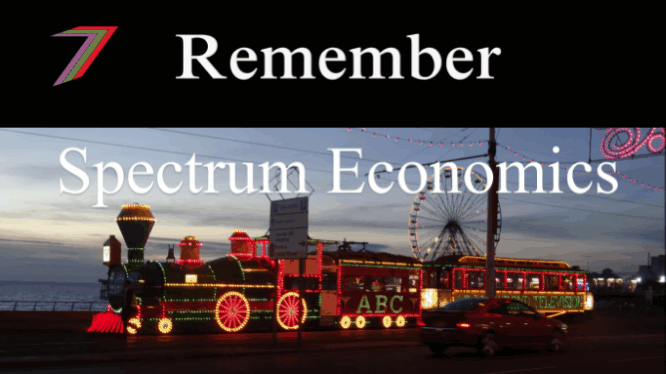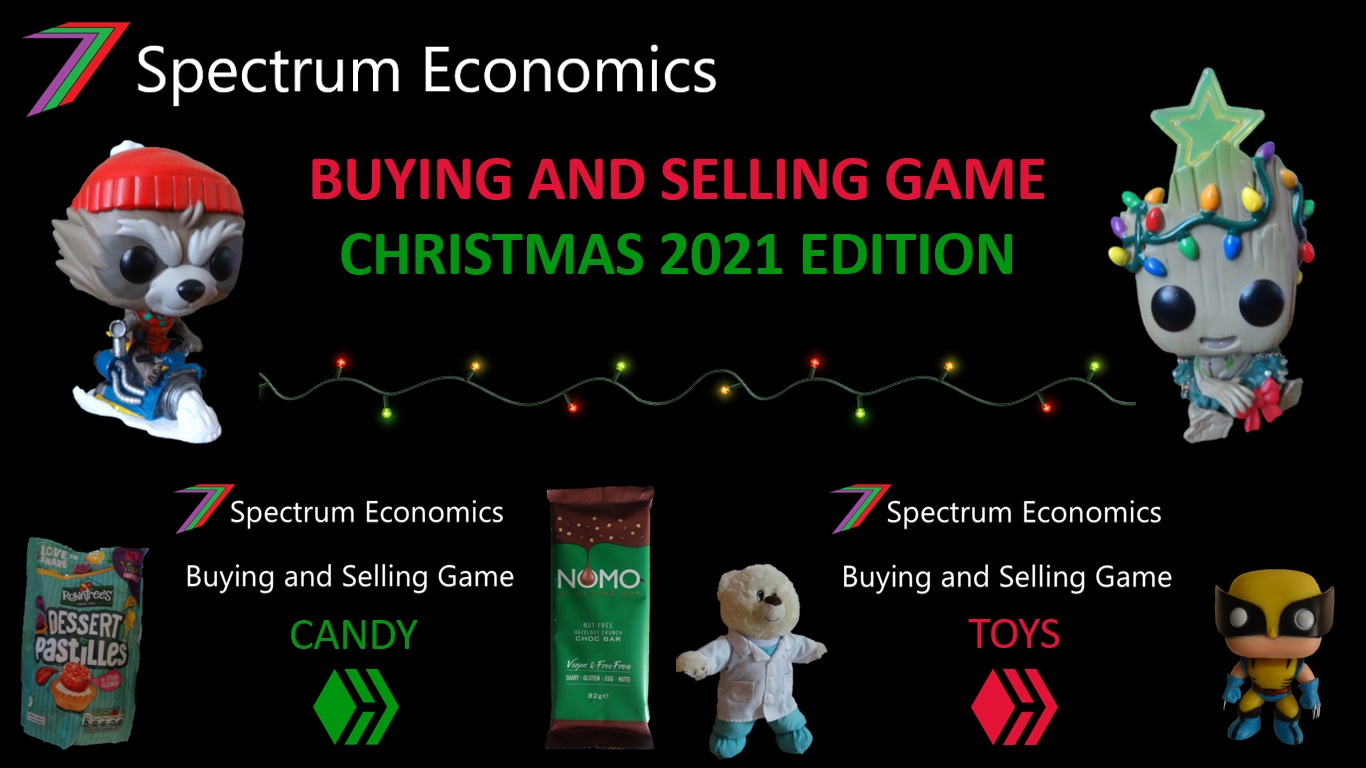
Buying and Selling Game Contest Christmas 2021 Edition – 50 Hive to be won
Hi Everyone,

Welcome to Challenge 3 of my 6 week economics challenge series. Each week I will post information about a new challenge. Each challenge will relate to a different aspect of economics. Some challenges will involve participants describing how they respond to a particular situation or set of circumstances and others will involve a more technical approach to a problem or situation.
Voting for Challenge 1 has just finished and voting for Challenge 2 will begin shortly. I will update this post with links to these contests.
So just a quick introduction to my Steemit channel in case you are not familiar with my work. My content relates mostly to economics. I have a combination of technical, analytical, and theoretical posts. I often go into the application of economics and how we can use economics to improve our own lives. I also run several contests. I have puzzle contests that I try to run every week. I also have meme contests that I run monthly. Feel free to participate in these contests. The 6 week economics challenge series brings the economics and competition side of channel together.
Below are a list of the 6 challenges in this series (Challenges 1 and 2 have been completed and the dot point is a link to the challenge):
For each challenge I will be giving away three prizes. These prizes are as follows:
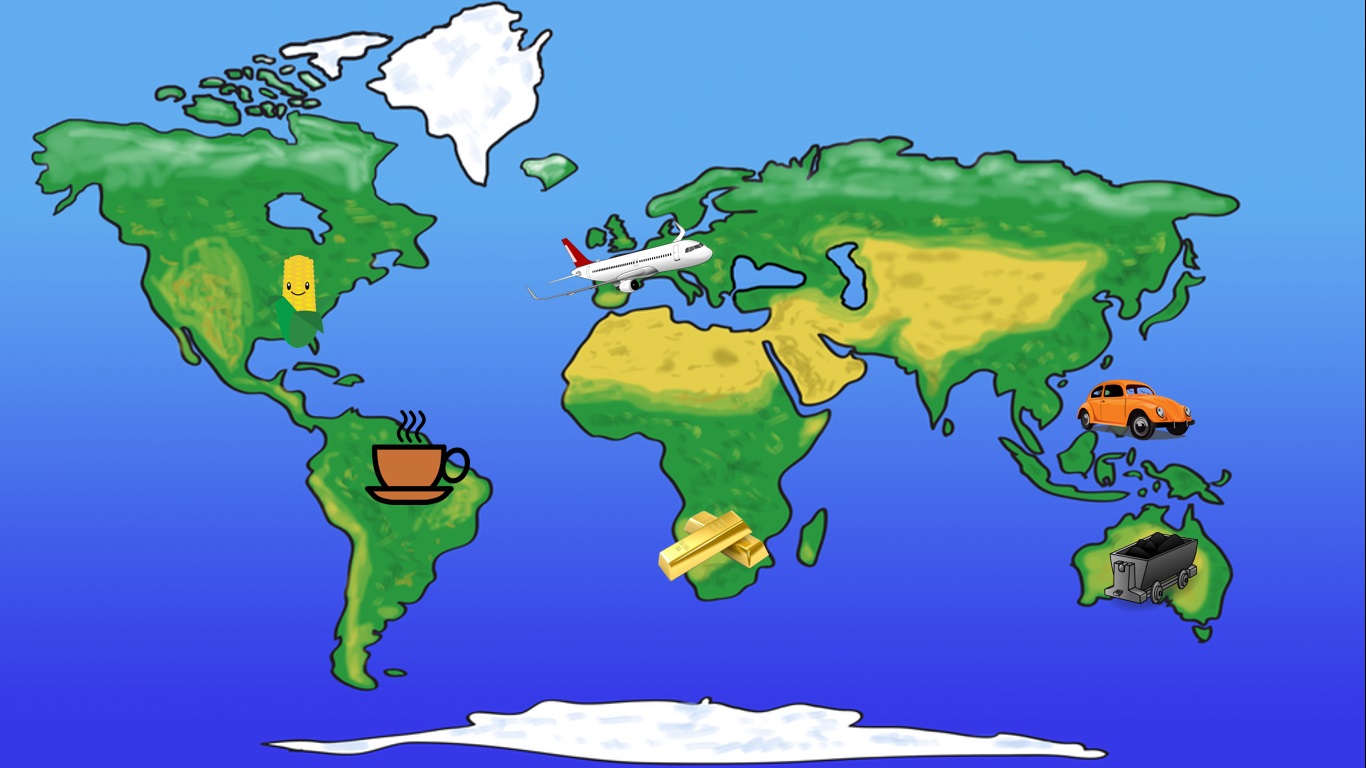
So far the challenges have involved participants writing about their experiences. This challenge is going to be quite different. This challenge involves making decision around buying and selling commodities. Each participant is given $10 Million to spend on commodities. The participant can use all the money, some of the money or none of the money.
The game is rather simple. I have created an imaginary world. The participant chooses a city (only allowed to pick one city/town) and the commodities they want to buy from that city. The participant then chooses which city they want to sell the commodities they bought. I have made up five imaginary cities for participants. These cities are:
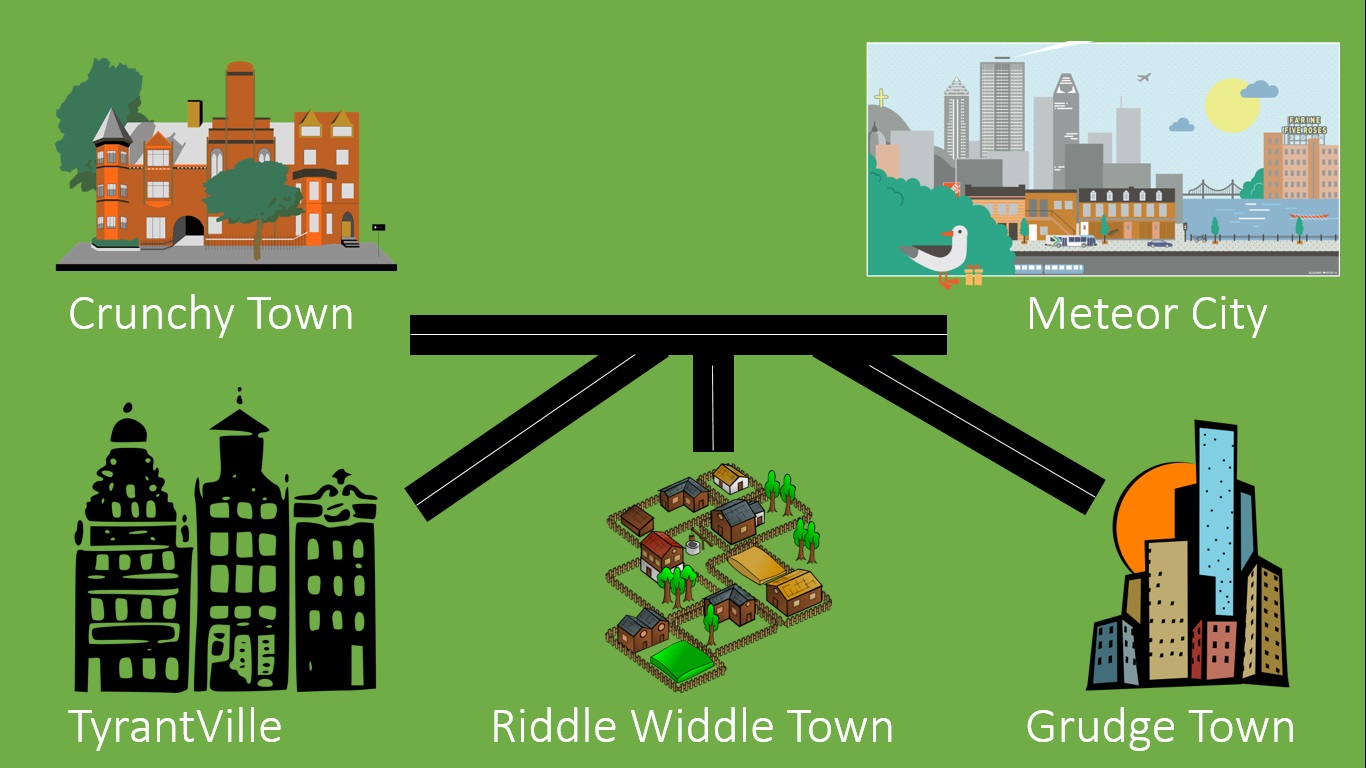
These cities sell commodities at different prices. The participant must choose which commodities to buy. The participant is only allowed to buy from one city and sell to one city. The participants are given the prices of commodities on Day 1 but not on Day 7. The participants are given the possible distribution/range of prices for each commodity at each place (Town/City). On Day 7 day the participants are required to sell the commodities they bought. For the Day 7 prices, I am using a triangle distribution. This is one of the more basic but in many cases reasonably reliable distributions.
I will start by providing information of the Day 1 prices for each commodity. See the table below.
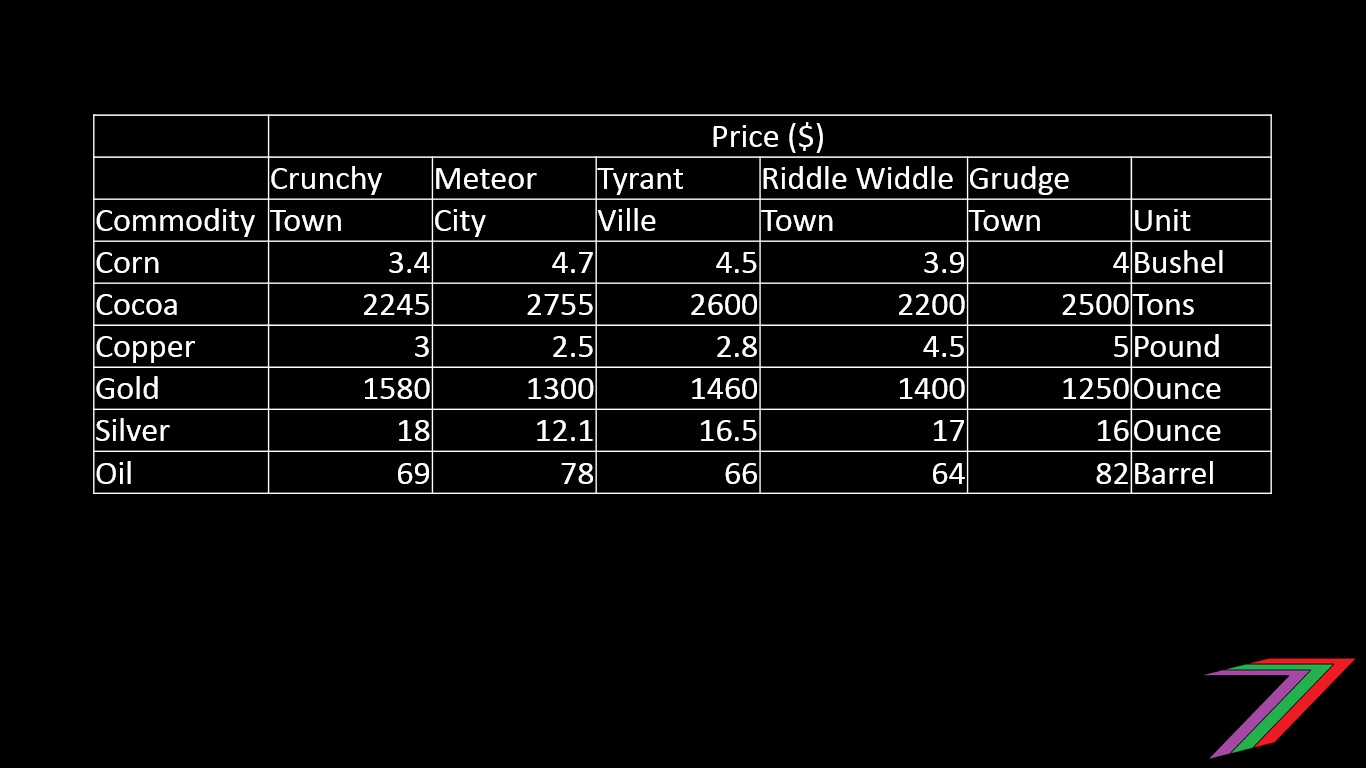
For those of you not particularly familiar with the triangular distribution. It is a distribution shaped like a triangle as shown in the figure below. The area under the triangle represents the probability of that price occurring. The highest probability is towards the mode (central tendency). The lowest probabilities are at the maximum and minimum price.
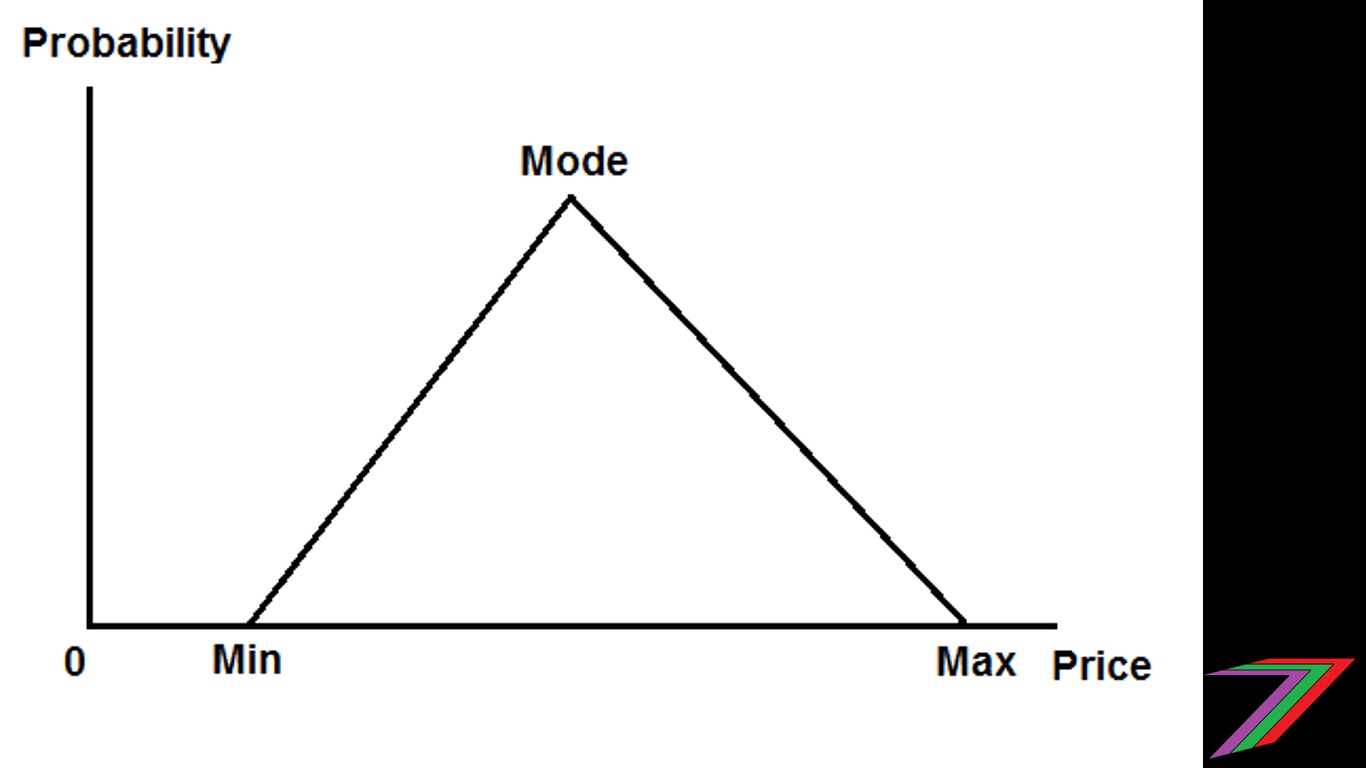
Now that I have given you the Day 1 prices of each commodity at each town. Here are the Day 7 maximum, minimum, and mode values (prices are in $). On Day 7, you are only allowed to sell the commodities you bought in one location, e.g. you cannot sell your gold in Crunchy Town and your corn in Meteor City; you either sell your corn and gold in Crunchy Town or Meteor City. Transportation costs are assumed to be zero. This nation/world is using Tesla transportation technology.
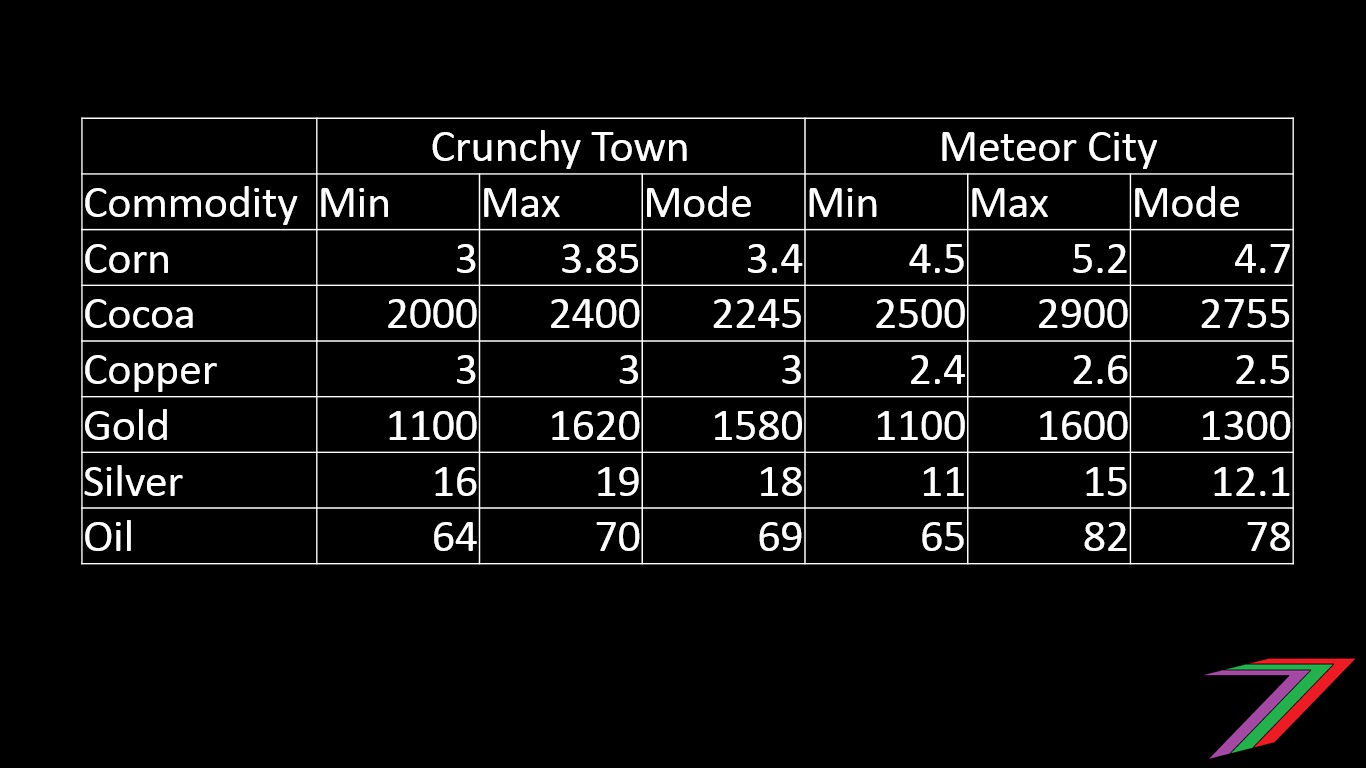
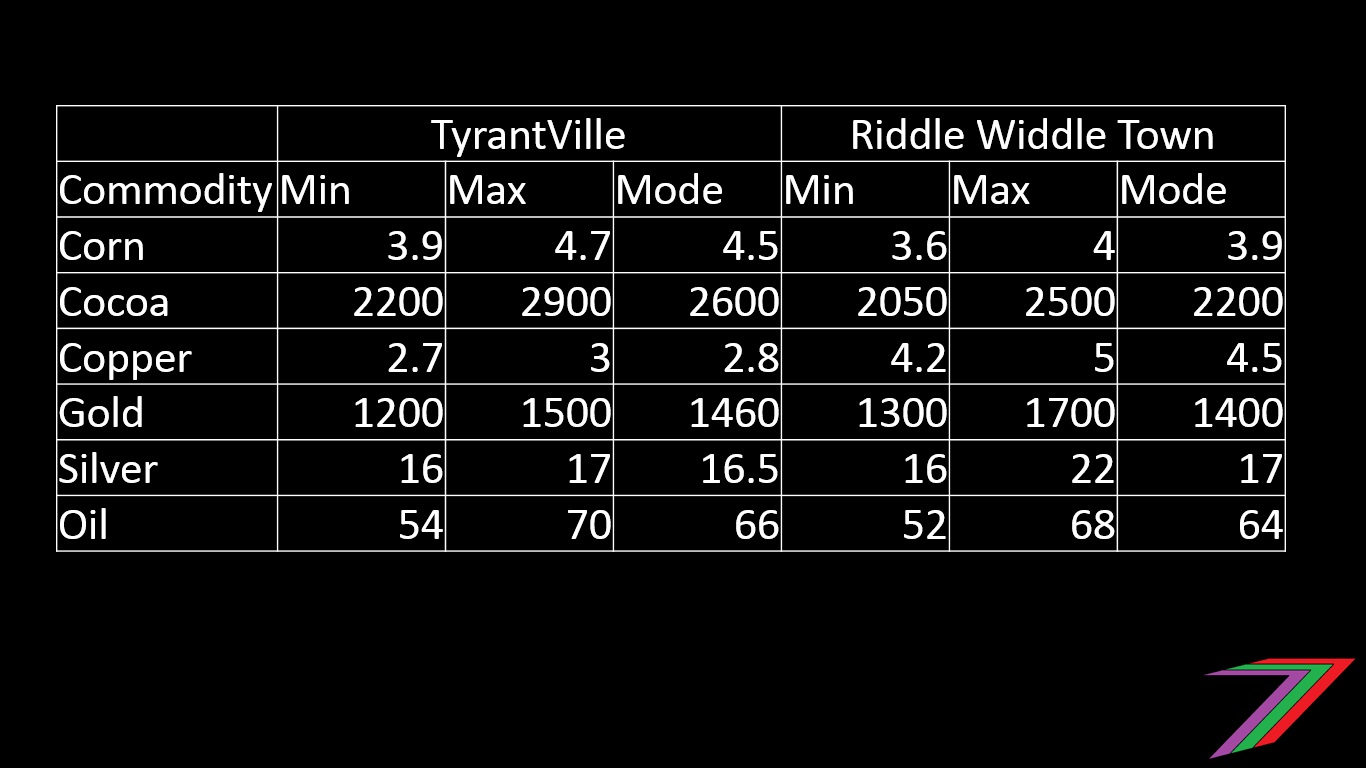
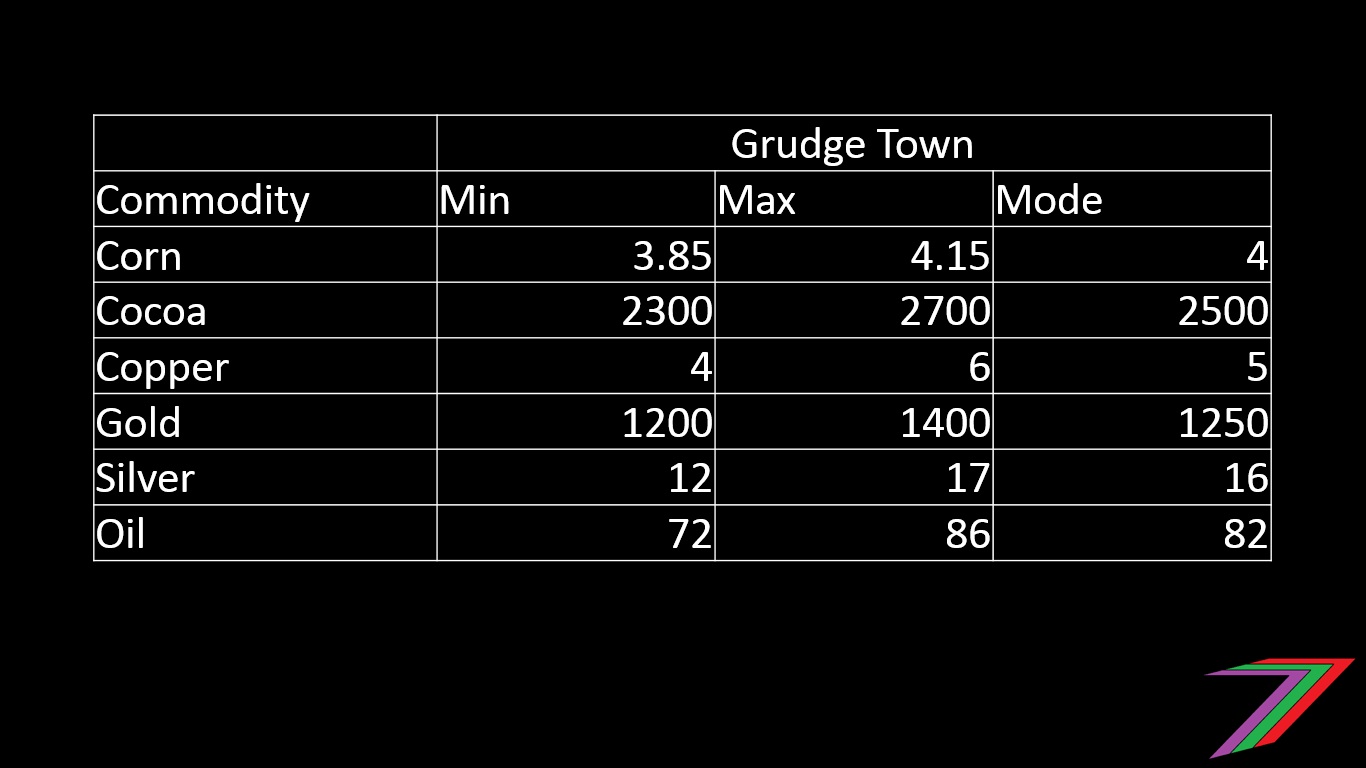
In addition to just explaining where and what commodities you will buy and sell. I expect participants to explain the logic they have used to support their buying and selling strategies. For example, participants can calculate expected values of their strategies or explain the risks involved with the selections they have made.
First of all select a town. I choose Meteor Town
Second, select the commodities you want to buy and the quantity. I choose to buy 826,446.28 ounces of silver; that’s all the $10 Million. I could have bought quantities of any of the other commodities as long as I do not exceed the $10 Million.
Third, select a town to sell the silver in. I choose Riddle Widdle Town. I have selected Riddle Widdle Town as Riddle Widdle Town has the highest expected value for silver on Day 7 (just over $18 an ounce).
You can enter any of the 4 remaining challenges. If this week’s challenge does not appeal to you, you can wait for next week’s challenge.
All you need to do to enter is:
The closing date and time for Challenge 2 is 6PM USA Eastern Time 18/04/2018. Responses after this time will not be accepted.
A second post will be created containing the links to your posts. This post will also contain a video of me using a spreadsheet to generate the prices for all the commodities in each town. These generated values will determine the winner of the contest. The post containing the strategy to generate the highest return will win 10 SBD. The post containing the strategy to generate the second highest return will win 5 SBD. I will also select a post that has the best explained logic and approach to determining where to buy commodities and what commodities to buy even if this strategy does not produce the highest return.
A key objective of this series is to bring economics closer to everyone. Economics is not something that men in fancy suits talk about on television or only discussed in financial magazines or obscure journals. Economics is something that is all around us and it is important for all of us to understand so that we can make the most out of our lives.
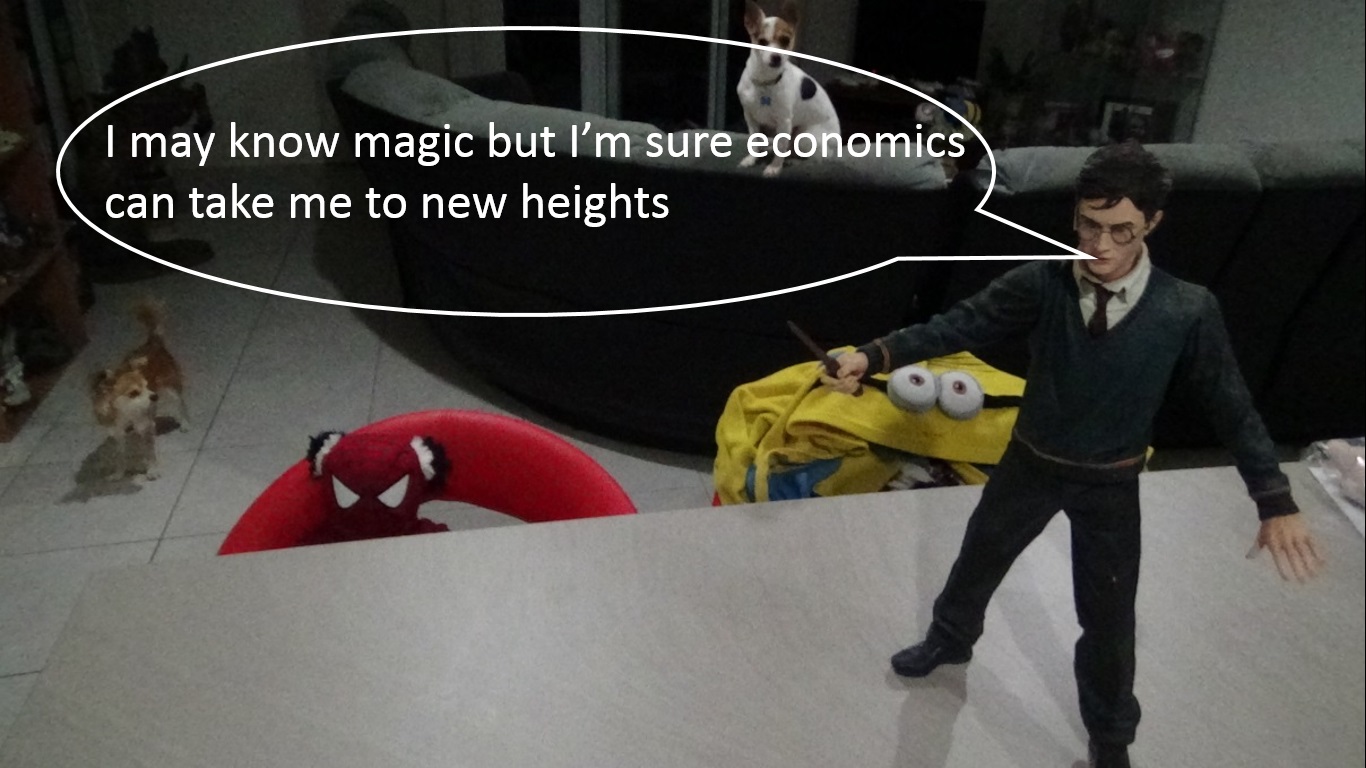
I thought I would use Harry Potter this time
Good luck in the challenge, if you have any questions feel free to comment below. I am more than happy to address any queries you may have.
Disclaimer: This challenge does not represent the real world. This exercise should be taken as just a fun application of risk with some basic application of market behaviour.
